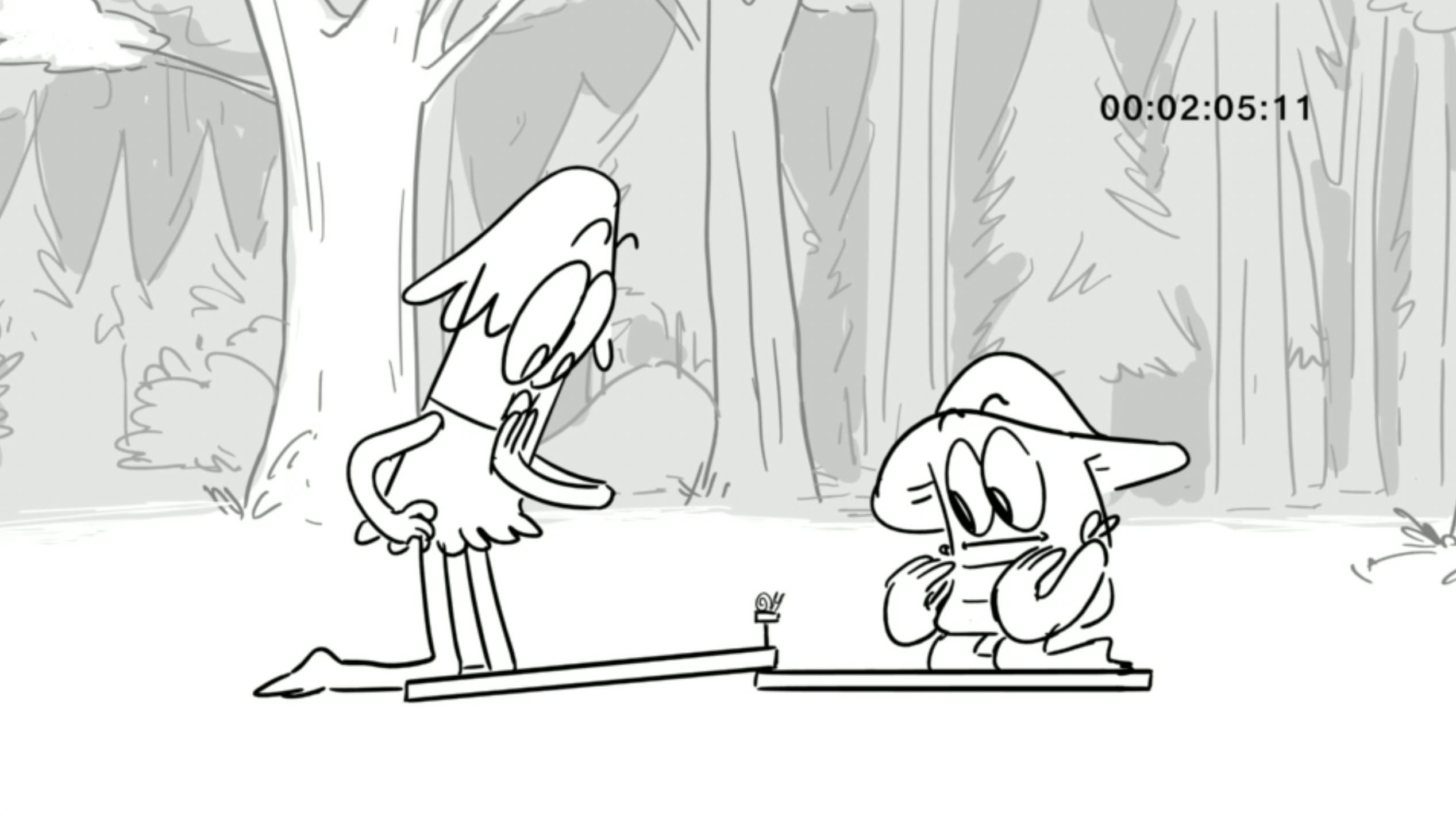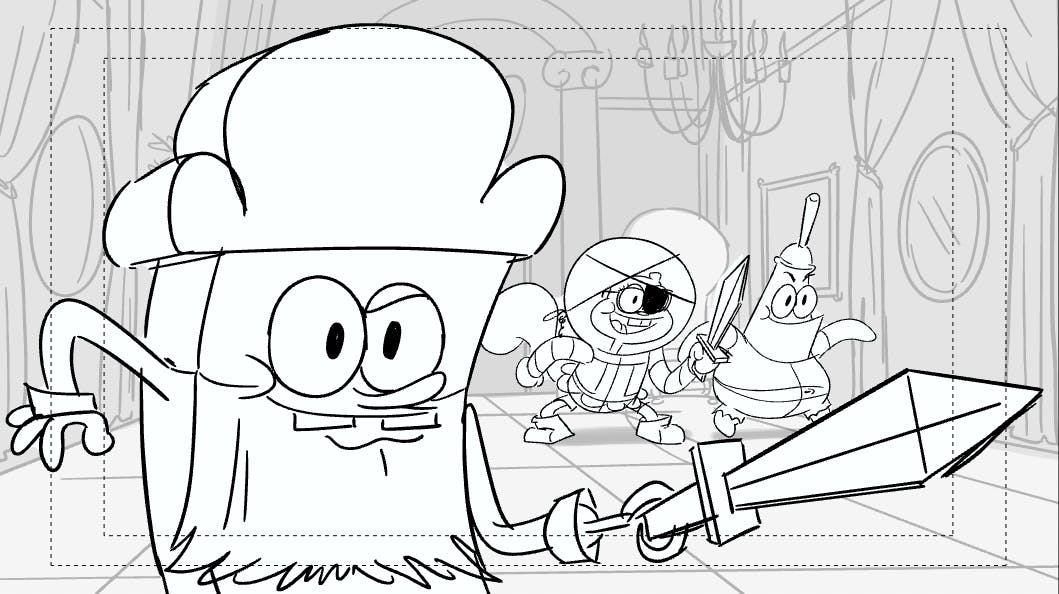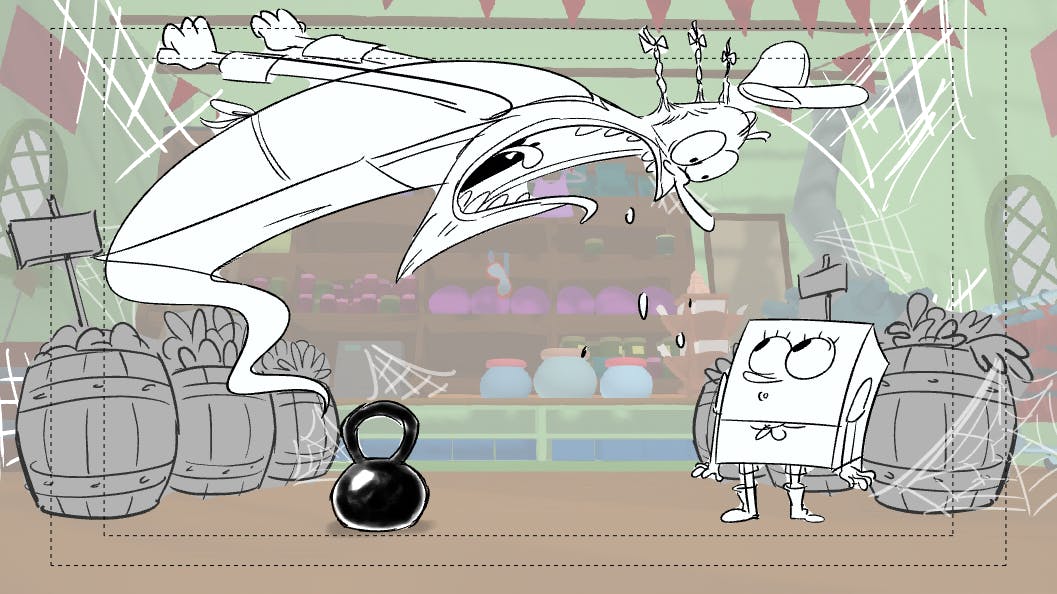From breaking news broadcasts to immersive audio dramas, radio has always been a medium powered by imagination. At its core, unleashing creativity the art of radio scriptwriting allows writers to transform stories into soundscapes that inform, entertain, and inspire. By blending dialogue, narration, sound effects, and music, scriptwriters can create compelling audio experiences that capture the listener’s imagination.
Fundamentals of Radio Script Writing
Radio scriptwriting blends the structure of broadcast media with the freedom of creative writing. To craft engaging scripts, writers must understand:
- Radio Production Basics: Timing, pacing, and broadcast standards shape how a script is performed.
- Sound Design Elements: Music and effects set the atmosphere and reinforce emotion.
- Dialogue and Narration: Words must be purposeful, advancing the story while remaining natural to the ear.
- Structure: Every script needs a clear beginning, middle, and end to guide the listener through the narrative.

Artwork by Andrea Cabral
Techniques for Strong Storytelling
Radio scripts succeed when they combine structure with creativity. Here are key approaches:
- Brainstorming Ideas: Draw from personal experiences, current events, or “audio-first” scenarios like a busy street or storm.
- Planning Structure: Introduce characters quickly, build tension through dialogue, and resolve with a memorable takeaway.
- Choosing Sounds: Pair effects and music with emotional beats—for example, rain to signal tension or piano to create closure.
- Crafting Dialogue: Keep it brief, natural, and full of personality. Distinct voices help listeners follow characters without visuals.
- Refining Scripts: Read aloud, adjust pacing, and test timing to ensure the performance fits broadcast limits.
Developing Characters and Atmosphere
A strong radio script depends on characters that feel alive and settings that immerse listeners. Since there are no visuals, writers must rely on voice, dialogue, and sound cues to shape personality and mood. Giving each character a distinct speaking style—through vocabulary, tone, or rhythm—helps audiences instantly recognize them. Similarly, using layered sound effects, such as footsteps echoing in a hallway or distant traffic, can build atmosphere and context without a single line of description. These details transform simple dialogue into a fully realized world.
Case Study: BBC Radio Dramas
The BBC Radio Drama Department offers a powerful example of radio scriptwriting at its best. Shows like The Archers—the world’s longest-running radio soap—demonstrate how careful scripting, layered sound effects, and evolving character arcs can keep audiences engaged for decades. By combining clear structure with creative storytelling, the BBC illustrates how radio scripts can balance consistency with innovation.
FAQ: Radio Scriptwriting
What are the key principles of radio script writing?
Radio scripts should be clear, concise, and engaging. Writers need to understand broadcast timing, structure stories with a beginning, middle, and end, and use dialogue and sound design to move the narrative forward.
How do I make my script more engaging?
Build strong scenes that hook listeners quickly. Use dialogue that sounds natural but also drives the story. Enhance mood and emotion with carefully chosen sound effects and music, but don’t let them overpower the voices.

Artwork generated with prompt workflow by Andrea Cabral
How can I improve my radio scriptwriting skills?
Practice is essential. Read your scripts aloud to check pacing, join writing groups for feedback, and study successful radio dramas or talk shows. Recording small test scenes with friends can also help identify areas for improvement.
What role does sound design play?
Sound is the “visual” of radio. Effects, music, and silence all help set the scene and influence mood. A single effect—like thunder, footsteps, or a ringing phone—can instantly place the listener in a specific setting or heighten tension.
Do I need to follow specific formatting rules?
Yes, most radio scripts follow a standard format to ensure clarity during production. This typically includes scene headings, clear dialogue labels, and separate lines for sound cues and music. Following conventions helps producers, actors, and sound engineers stay on the same page.
Where can I find inspiration for radio scripts?
Draw from everyday experiences, books, films, or current events. Online writing forums, prompt lists, and classic radio plays are also excellent sources of inspiration. The key is to think in terms of sound—what the audience can hear rather than see.
Conclusion
At its heart, unleashing creativity the art of radio scriptwriting means blending imagination with craft. By mastering structure, dialogue, and sound design, writers can create stories that transport listeners into new worlds. With practice and inspiration, anyone can bring characters and scenes to life—proving that in radio, creativity truly speaks louder than visuals.


